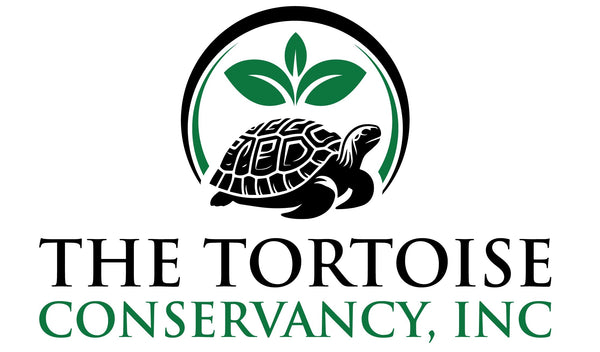Tracking Gopher Tortoises: Research and Technology
Share
Tracking Gopher Tortoises: Research and Technology |
Modern technology has revolutionized the study of gopher tortoises. GPS tracking, radio telemetry, and remote sensing are some of the tools used to monitor their movements and behaviors. These technologies provide valuable data that inform conservation strategies and help protect these reptiles.
GPS Tracking: GPS tracking involves fitting gopher tortoises with small, lightweight devices that transmit location data. This technology allows researchers to monitor the movements of individual tortoises in real-time. By analyzing the data, researchers can gain insights into the tortoises' home range, habitat preferences, and seasonal migrations. GPS tracking also helps identify critical habitats and corridors that are essential for the survival of tortoise populations.
Radio Telemetry: Radio telemetry is another commonly used method for tracking gopher tortoises. This technique involves attaching a small radio transmitter to the tortoise's shell. Researchers use handheld receivers to locate the tortoises and track their movements. Radio telemetry is particularly useful for studying tortoises in dense vegetation or challenging terrains where GPS signals may be obstructed.
Remote Sensing: Remote sensing technologies, such as satellite imagery and aerial surveys, provide a broader perspective on gopher tortoise habitats. These tools help identify changes in land cover, vegetation patterns, and habitat fragmentation over time. Remote sensing data can be used to assess the impacts of human activities, such as urban development and agriculture, on tortoise populations. This information is crucial for planning effective conservation and land management strategies.
Data Analysis and Modeling: The data collected from GPS tracking, radio telemetry, and remote sensing are analyzed using advanced statistical and spatial modeling techniques. These analyses help researchers understand the factors influencing tortoise behavior and habitat use. Predictive models can be developed to assess the potential impacts of climate change, habitat loss, and other threats on tortoise populations. This information is vital for making informed conservation decisions and developing adaptive management plans.
Citizen Science and Public Involvement: Citizen science initiatives play a valuable role in tracking and monitoring gopher tortoises. By engaging the public in data collection efforts, researchers can gather more extensive and diverse data sets. Smartphone apps and online platforms allow citizens to report tortoise sightings, track their movements, and contribute to conservation research. Public involvement also raises awareness and fosters a sense of stewardship for gopher tortoises and their habitats.
Challenges and Future Directions: While modern technology has greatly enhanced our understanding of gopher tortoises, there are still challenges to overcome. Ensuring the accuracy and reliability of tracking devices, minimizing the impact on the tortoises, and securing funding for long-term research are ongoing concerns. Future advancements in technology, such as miniaturized sensors and improved data analytics, hold promise for furthering our knowledge and conservation efforts.
By leveraging modern technology and involving the public in research efforts, we can gain a deeper understanding of gopher tortoises and develop effective strategies to protect them. The data and insights obtained from these technologies are essential for ensuring the long-term survival of gopher tortoises and the ecosystems they inhabit.
